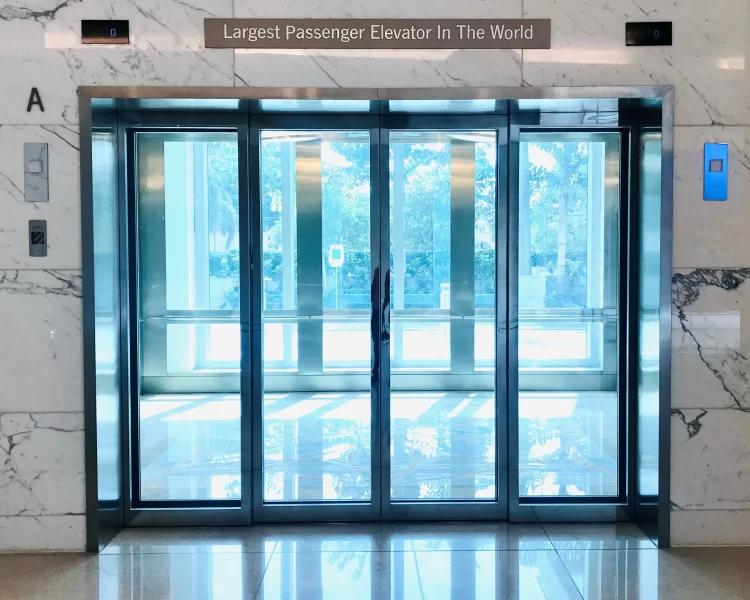Sixty years ago, a doctor from Thailand had a vision for his small, dusty old village – to convert it into a major tourist attraction. And in an attempt to do so, he actually convinced his fellow villagers to raise pet snakes in their homes, putting them in shows for tourists. Surprisingly the ploy worked, and today the village of Ban Kok Sa-Nga in Thailand’s Northeastern Province of Khon Kaen is better known as ‘The Cobra Village’, among tourists.
All of the 140-odd homes in Ban Kok Sa-Nga have at least one pet snake, which they place outside in wooden boxes. The pet snakes range from deadly ones, such as king cobras or monocled cobras, to less dangerous ones such as copperheaded racers and pythons. The atmosphere in the village itself is always festive; it is one big snake show theme attraction. The snakes are bred in captivity and put together in daredevil shows such as – you won’t believe this – man vs. snake boxing matches. Obviously not for the light-hearted, these shows involve the handlers taunting an already enraged giant king cobra. As the snakes slither across the stage, the men pull their tails to provoke them further. Despite all the weird stunts that take place in these shows, what spooks out most tourists is the level of comfort the villagers share with the snakes. Most people are terrified of these creatures, but the people of Ban Kok Sa-Nga don’t even bat an eye-lid. Even the children are completely at ease; they are taught how to handle snakes, how to fight them and feed them, at a very young age.




















